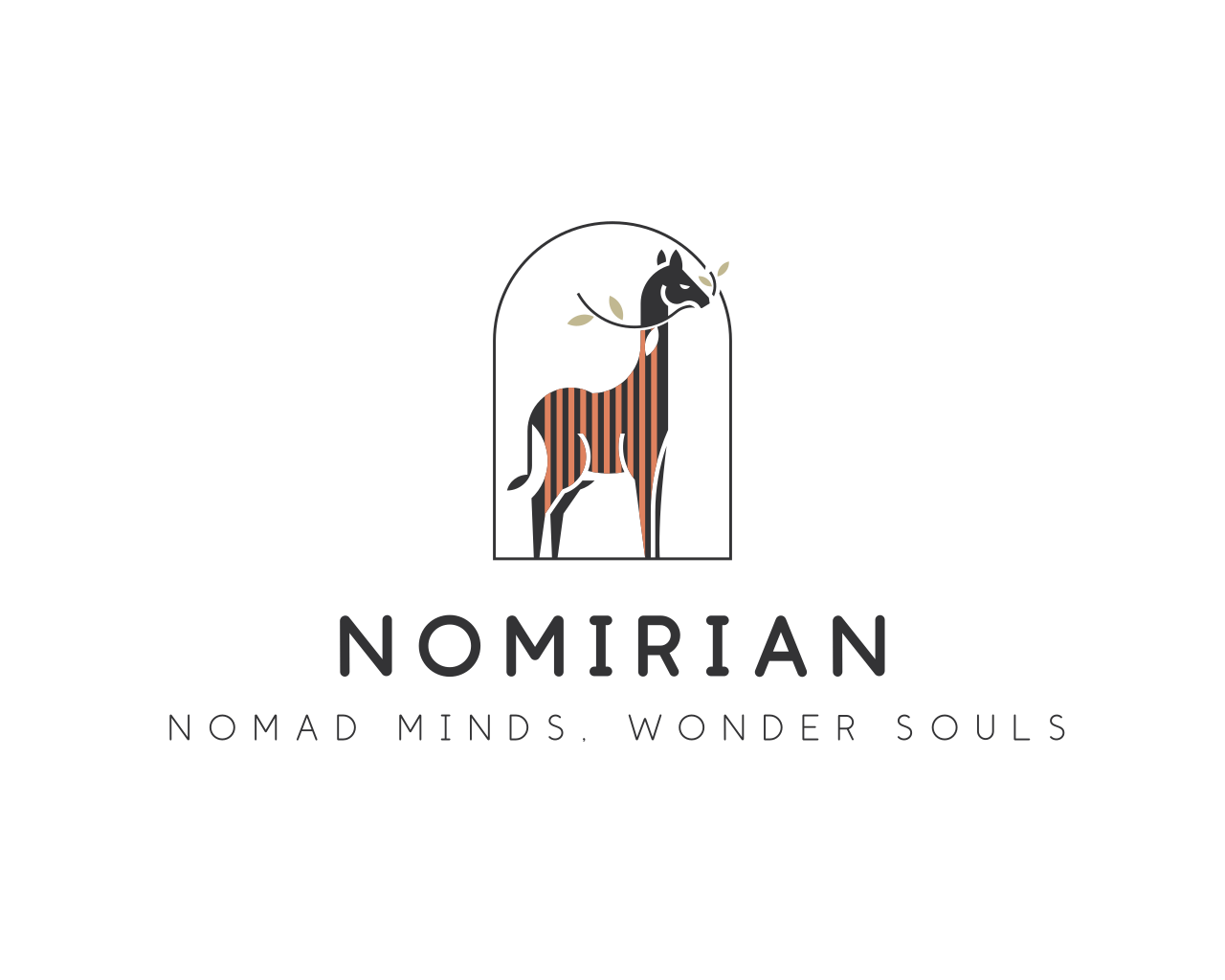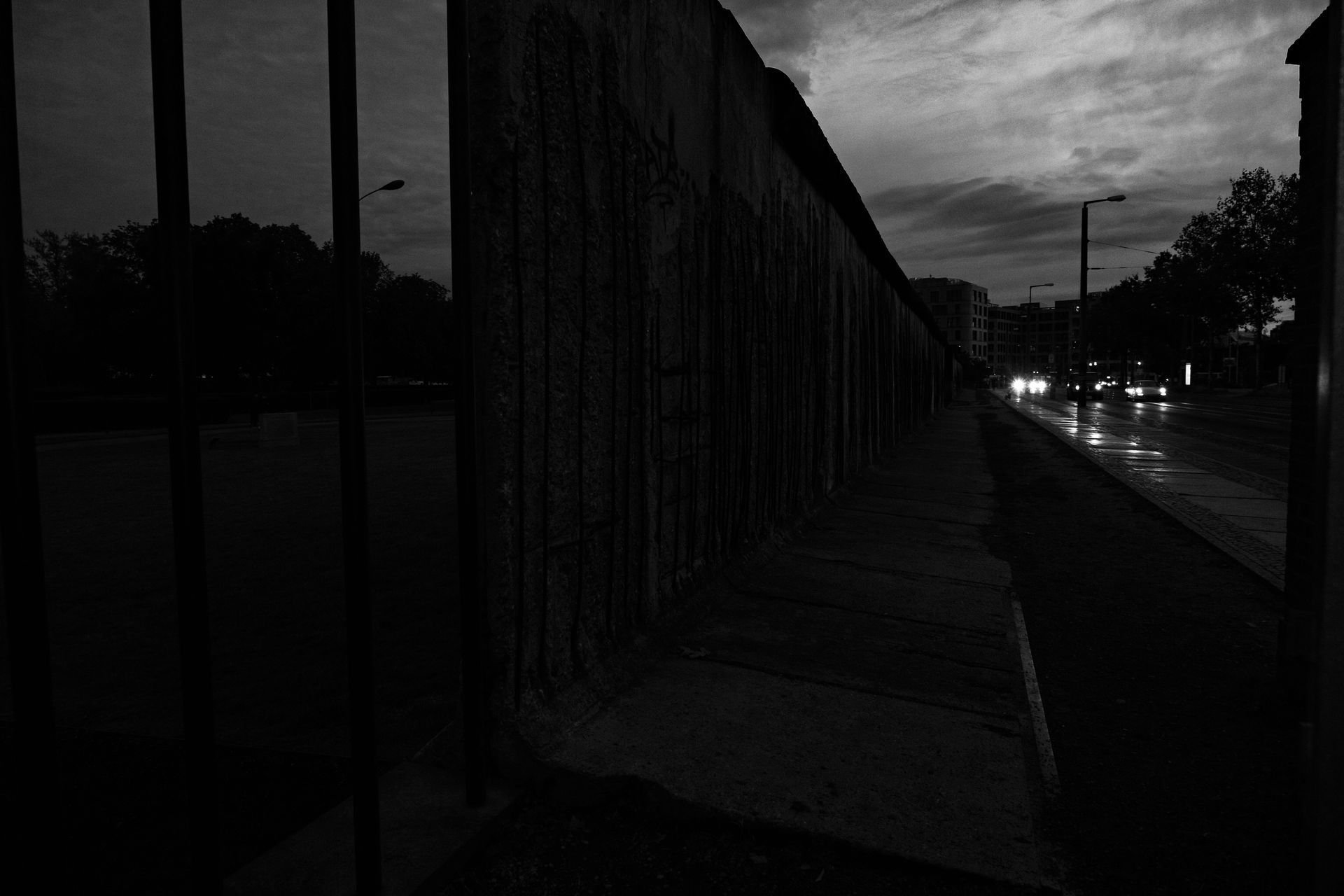Anxiety is more than a fleeting worry or a passing stress. It's a signal — sometimes a subtle whisper, sometimes a storm — that something within or around us is unsettled. In today's fast‑paced, uncertain world, anxiety disorders have become a central public health challenge.
In this article, we'll look at what the latest science tells us about anxiety: how common it is, what contributes to it, how we assess it, and — crucially — what promising paths exist for support, treatment, and resilience.
Why Anxiety Matters: The Scale and Stakes
Global trends and rising load
- Over the past few decades, researchers have documented a worrying upward trend in anxiety disorders globally. A study comparing data from 1990 to 2021 found that age-standardized rates of anxiety disorders increased by about 20.6 % over that period, reflecting both demographic shifts and possibly greater recognition or stress exposures in society. (ScienceDirect)
- Another review estimates that approximately 4.05 % of the global population is affected by an anxiety disorder — about 301 million people worldwide — with prevalence rising over time. (SpringerOpen)
- The COVID‑19 pandemic delivered a jolt: the World Health Organization (WHO) reported that within the first year of the pandemic, global prevalence of anxiety and depression rose by 25 %. (World Health Organization)
These numbers aren't just statistics — they reflect lives strained, relationships frayed, and potential unrealized.
Who is most affected?
- Women tend to be more affected: globally, anxiety disorders are estimated to occur about 1.66 times more often in women compared to men. (SpringerOpen)
- Younger populations — adolescents and young adults — are experiencing heightened vulnerability. A 2024 review reported that among children and adolescents, anxiety prevalence ranges widely from 1 % to 30 % across studies, depending on method and setting. (Psychiatry Online)
- Comorbidity is common. For instance, adults living with chronic pain show elevated rates — a systematic meta‑analysis across many nations found ~40.2 % prevalence of clinically significant anxiety symptoms in populations with chronic pain. (JAMA Network)
In sum, anxiety is pervasive, often hidden, but rarely innocent of consequence.
What Drives Anxiety: Mechanisms and Risk Factors
Anxiety doesn't arise in a vacuum. It reflects an interplay of biology, environment, and experience. Below are some major factors the research highlights:
1. Neurobiology and genetics
- Anxiety disorders carry heritable components. Twin and family studies suggest a moderate genetic influence, though genes alone are not destiny.
- Epigenetic mechanisms — changes in gene expression triggered by stress or trauma — may mediate the transmission of vulnerability across time.
2. Brain circuitry, stress, and regulation
- Chronic stress or adversity can dysregulate the systems governing threat detection (amygdala, insula, locus coeruleus, hypothalamus) and down‑regulate the networks of regulation (prefrontal cortex, hippocampus).
- The default mode network, involved in self‑referential thought and rumination, often shows altered connectivity in people with anxiety.
3. Development and experience
- Early life adversity — abuse, neglect, loss, instability — is one of the strongest predictors of later anxiety.
- Attachment and relational patterns matter. Children who grow up in environments of unpredictability or emotional unavailability often develop hypervigilant or anxious relational styles.
- Social, cultural, and systemic stressors — discrimination, economic precarity, climate anxiety, pandemic disruptions — also play a growing role in "background load."
4. Psychological patterns and cognitive style
- Cognitive biases (e.g. catastrophizing, threat overestimation, intolerance of uncertainty) often create an ongoing feedback loop: anxiety leads to hypervigilance, which magnifies perceived risk, which reinforces anxiety.
- Emotional avoidance or suppression, perfectionism, excessive control strategies, or rigid rules tend to exacerbate anxiety over time.
Understanding these layers helps us see anxiety not as failure, but as signal — one that needs listening, not pushing away.
How We Measure Anxiety: Tools and Challenges
Accurate assessment is foundational to meaningful help. Below are some well‑established scales and considerations:
- Beck Anxiety Inventory (BAI): A 21‑item self-report tool assessing somatic and cognitive anxiety symptoms. Widely used in research and clinical settings. (Wikipedia)
- Hamilton Anxiety Rating Scale (HAM‑A): One of the older clinician‑rated scales (14 items), used to gauge severity. (Wikipedia)
- Screen for Child Anxiety Related Emotional Disorders (SCARED): Designed for children and adolescents (9–18 years), this scale helps differentiate among distinct anxiety subtypes. (Wikipedia)
Challenges and caveats:
- There is heterogeneity in how different studies define and measure "anxiety," making cross-study comparisons tricky. One review noted prevalence estimates ranging from 6.3 % to 72.3 % depending on instrument, sample, and cutoffs. (PMC)
- Cultural context, language, and stigma shape how anxiety is reported — symptoms may present somatically or be hidden by norms of expression.
- Dimensional vs. categorical models: Anxiety is best seen not simply as "disorder vs. no disorder," but as a spectrum of severity. Many people suffer below diagnostic thresholds, yet their distress is real and functionally significant.
What Helps (And What's Promising)
If anxiety is multifaceted, its support strategies also need to be multilayered. Below are evidence-backed and emerging approaches.
Psychotherapy & psychosocial approaches
- Cognitive Behavioral Therapy (CBT): Among the most empirically supported psychotherapies. It aims to shift unhelpful thinking patterns, exposure to feared stimuli, and behavioral activation.
- Acceptance and Commitment Therapy (ACT): Emphasizes willingness to experience internal discomfort while moving in values-driven directions.
- Mindfulness-based approaches: Mindfulness practices help decenter from anxious thought, build tolerance to uncertainty, and reduce rumination.
- Interpersonal therapy, psychodynamic work, and other modalities can also be valuable — especially when relational or developmental factors are central.
Pharmacological treatment
- Selective Serotonin Reuptake Inhibitors (SSRIs) and Serotonin-Norepinephrine Reuptake Inhibitors (SNRIs) remain first-line pharmacological treatments for many anxiety disorders.
- Other classes (e.g. benzodiazepines, beta-blockers) may be used in specific circumstances, with care for dependence and side effects.
- Medication is best viewed as a tool, not a full solution: combining it with psychotherapy often yields better outcomes.
Digital, self‑guided, and technology‑assisted tools
- A 2025 systematic review on self‑guided virtual reality (VR) interventions for anxiety (social anxiety, specific phobias, public speaking) found promising results — acceptable usability, safety, and clinical benefit — though more rigorous long-term and diverse studies are needed. (arXiv)
- Digital phenotyping & wearable data: A recent large-scale study in the UK (over 10,000 participants) combined wearable data (sleep, heart rate, physical activity) with self-report measures and found that features such as reduced activity and elevated heart rate correlated with higher anxiety levels. Machine learning models predicted anxiety severity, opening doors for early detection and personalized support. (arXiv)
- Linguistic biomarkers and personalized state-anxiety detection: Research has shown that features in speech or written language (e.g. word use, pauses) may serve as early flags of elevated anxiety states — especially if models are trained in a personalized way. (arXiv)
While technology won't replace human connection, these tools may supplement access, reduce stigma, and support monitoring between sessions.
Lifestyle and somatic practices
- Regular physical activity (aerobic + strength) has robust evidence for reducing anxiety symptoms.
- Sleep hygiene: Poor sleep is both a symptom and driver of anxiety; improving sleep consistency and quality can have downstream benefits.
- Mind-body practices (e.g. yoga, tai chi, breathing exercises) help regulate the autonomic nervous system.
- Nutrition, limiting caffeine/alcohol, and managing environmental stressors all matter in cumulative load models of anxiety.
System-level and community efforts
- Increasing access to mental health services (telehealth, task-shifted care) is essential, especially in underserved regions.
- Prevention and early intervention in schools, workplaces, and primary care can interrupt trajectories.
- Public policy to reduce social determinants of stress — poverty, inequality, discrimination — is foundational but often overlooked in anxiety discourse.
From Symptom to Narrative: A Compassionate Perspective
Beyond diagnosis and treatment algorithms, anxiety is also a story — one that asks us to listen.
- Anxiety often carries a message: to pay attention, to slow down, to examine what's unmet or threatened.
- Healing is rarely "eliminating anxiety" (that's unrealistic). It's about developing relationship with anxiety: seeing it as a signal, not the enemy.
- Small acts matter: pausing in the middle of anxiety, naming it (even just to yourself), noticing where it lives in the body, putting down the fight momentarily.
Resources from Trusted Institutions
- National Institute of Mental Health (NIMH, USA): Detailed overviews, therapeutic guidance, clinical trial information
- World Health Organization (WHO): Public health briefs, global data, guidance on mental health services
- Anxiety and Depression Association of America (ADAA): Practical tools, webinars, self-help materials
- British National Health Service (NHS): Accessible guides to anxiety, CBT, community resources
- PsycINFO / PubMed / APA (American Psychological Association): For staying current with peer-reviewed research
These institutions provide trustworthy, peer-reviewed or expert-endorsed information — good starting points for both professionals and the public.
Toward Resilience: What You (or a Reader) Can Try Today
- Pace attention, not avoidance. If a particular worry is tugging — pause and ask: What does this need?
- Micro-practices: 60-second grounding (senses list: what do I see, hear, feel?), 5-minute breathwork, a short walk outdoors.
- Curiosity over judgment: Rather than "I shouldn't be anxious," try, "What is this trying to tell me?"
- Build a small "regulation toolbox" — a list of 2–3 practices (e.g. breathing, walking, journaling) that reliably lower your arousal.
- Seek support early: If anxiety interferes with daily life or persists — a mental health professional can help you map a path forward.
Conclusion: Anxiety as a Teacher, Not a Tyrant
Anxiety is not weakness. It is a human signal — often loud, sometimes shrill — that something inside or around is asking for attention.
In our ever-changing world, anxiety will likely remain with us. But it doesn't have to rule us. Through evidence-based practices, compassionate self-relationship, and systemic shift, we can live with anxiety — learning from it, guiding it, and sometimes quieting it enough to reclaim our own groundness.


